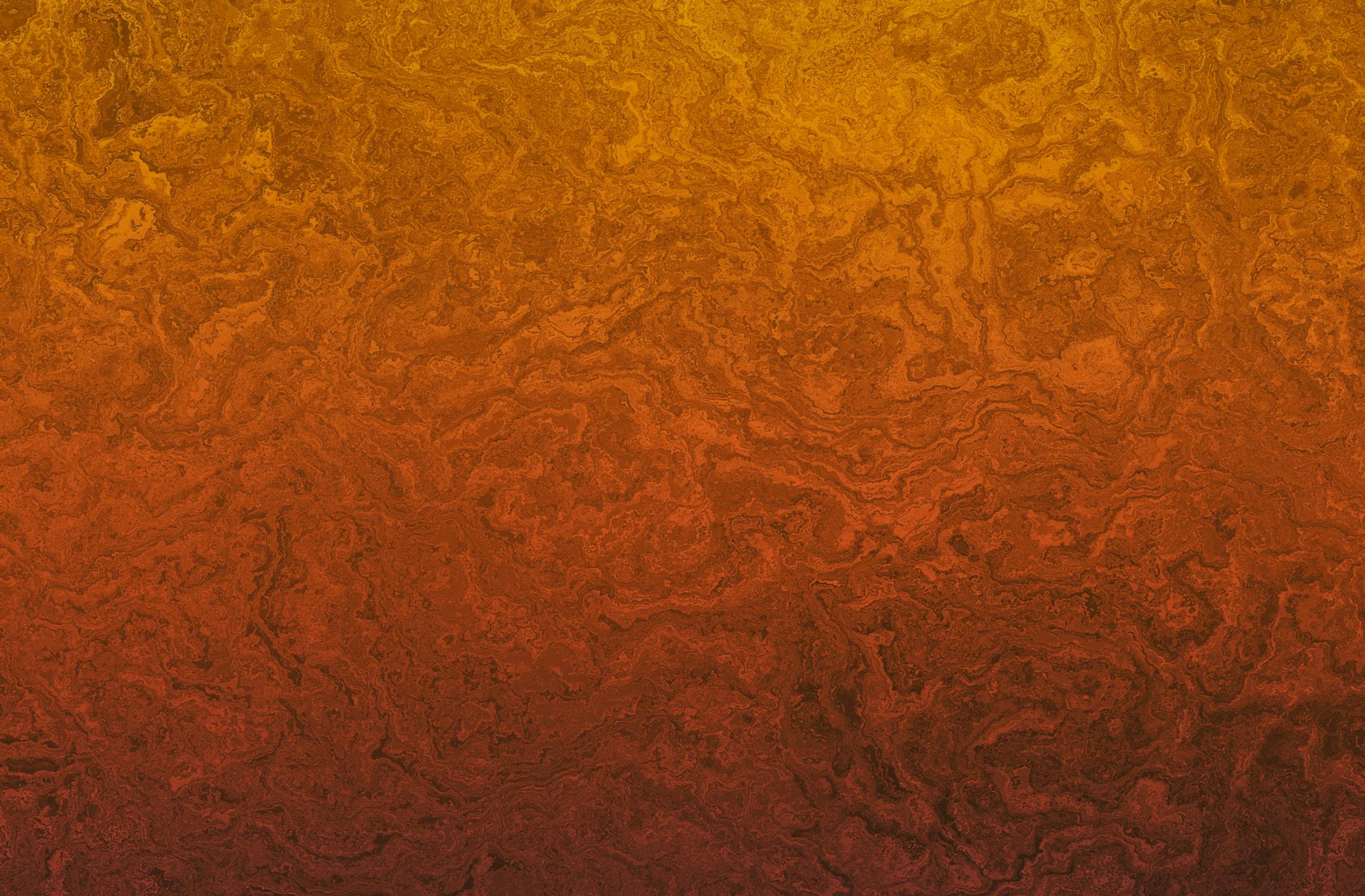As we age, our skin loses hyaluronic acid—a natural substance that keeps it moist and supple—leading to wrinkles, sagging, and a loss of volume. Thankfully, dermal fillers can help you regain a plump, youthful-looking complexion.
JUVÉDERM TREATMENTS
Before your JUVÉDERM® treatment in Richmond, VA, with Dr. Matthew Bridges, the injection sites will be marked and thoroughly cleaned. A topical anesthetic may be applied to enhance comfort. JUVÉDERM® fillers contain lidocaine to minimize discomfort during the injections. The filler is carefully injected into the targeted areas using a fine needle or cannula. Light pressure and gentle massage may be applied to ensure even distribution.
Most treatments take between 15 to 60 minutes, depending on the areas addressed. You might experience a tingling sensation and some redness or swelling at the injection sites, but these side effects are typically mild and resolve quickly. Most patients return to their normal activities immediately after the procedure.









